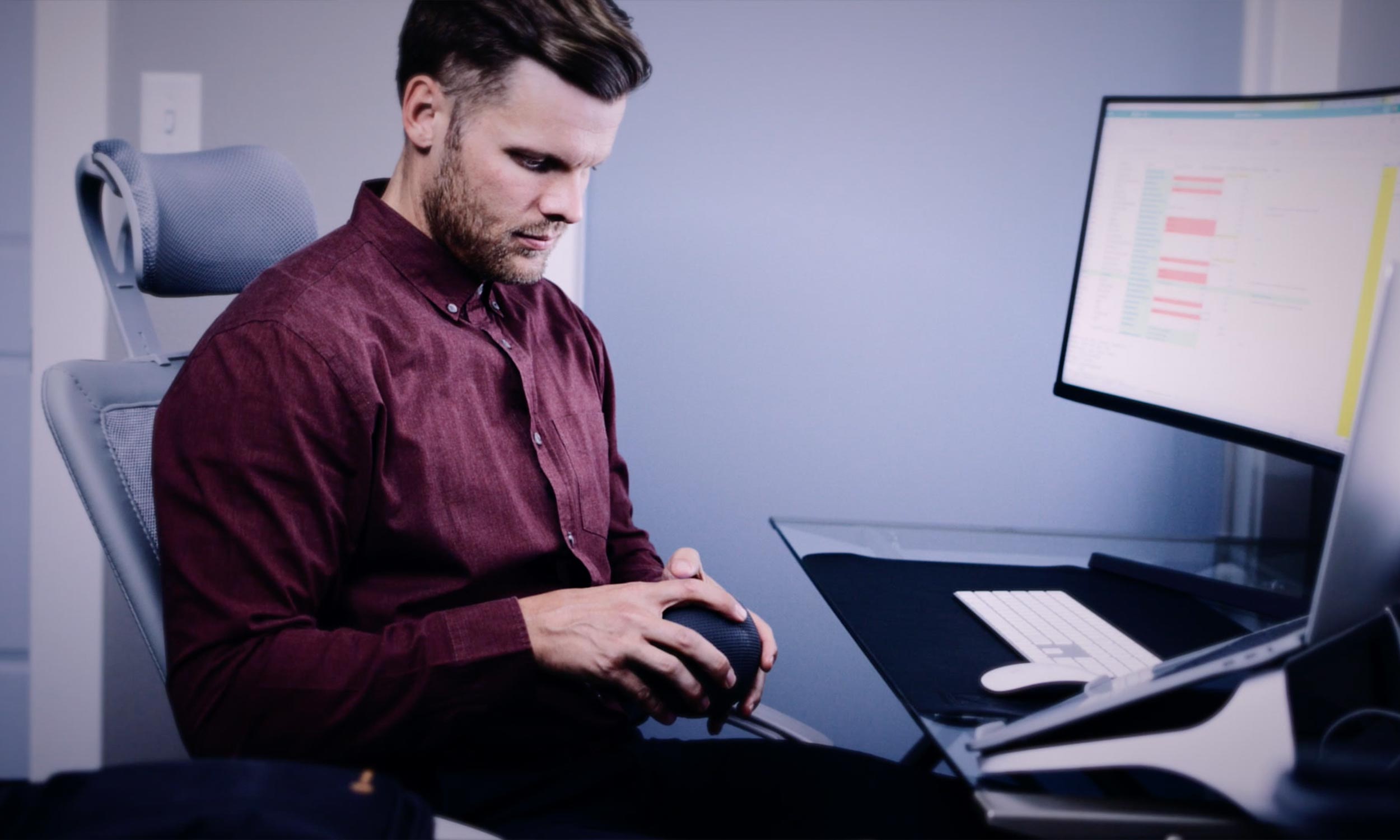5 Biggest Exercise Recovery Myths and Mistakes

Our bodies crave movement and need regular exercise to improve health and reduce the risk of disease. But with working out comes soreness and injury so you should have a recovery plan in mind.
Recovery is crucial in meeting your physical goals. You might get advice from social media, a doctor, or a trainer for how to properly exercise and recover, but be sure you do not fall victim to the myths that cloud the space.
We have weeded through the noise and identified 5 huge myths commonly accepted about recovery, and we are here to expose them.
Read on to be in the know for a better, more successful exercise plan starting today!
MYTH: Rest Days are For the Weak
Your body and mind will thank you for rest not only between sets and different exercises, but between workout days. The truth is, your body needs to rest and you’re not being lazy by taking days off. On rest days, your body will be working hard to get you charged up for your next workout. During exercise, you are damaging muscles, decreasing substrates, and increasing metabolic by-products (1). Your body will require time to regulate those three energy systems to recover optimally and improve in physical ability.
In fact, rest days are needed for mental health as well. A study found that training overload can lead to: Cognitive fatigue, reduced prefrontal cortex activity, and impulsiveness (2).
We all want to improve and see results in our workouts, so don’t fall victim to the “no pain no gain” mentality because full training recovery is essential to optimal performance and improvement (3).
MYTH: If You’re Sore You’re Out of Shape
This is a common belief, but is so false! Think about it this way: You can always “level-up” and challenge your body, so if you are consistently pushing your body further, it will be sore from going places it hasn’t gone before. When you get that sore feeling, embrace it and know you’re doing something right.
Plus, you feel sore when your body is getting rid of metabolic end products, which are created in an easy work out as well as a hard one (4).
A study looking at delayed onset muscle soreness acknowledges the presence of soreness even in professional athletes (5). So, if the pros can get sore, this myth can’t be true.
It is important to note that you should stay in-tune with your body, and recognize the difference between feeling sore and being injured. In sore muscles, you will likely feel it in your muscles during exercise or up to 72 hours after. Soreness can also last 2-3 days and improves with movement. On the other hand, an injury may be painful in muscles or joints, continue to hurt, and be worse with continued activity (6).
So long as you know you’re not hurt, feeling sore is a good thing!
MYTH: Stretching can prevent soreness
We’ve all heard different recommendations related to stretching. There is no doubt that stretching is a helpful and key part of maintaining overall health. Experts recommend stretching daily if possible. Benefits of stretching range from improving flexibility to decreasing risk of injury (7).
In terms of stretching for soreness, studies show little to no effect of stretching on sore muscles (8). Participants in these studies practiced stretching before, during, and after exercise and consistently showed no impact on soreness.
Incorporate stretching into your exercise plan, but don’t depend on it for post-leg day struggles.
MYTH: Sleep is the best way to recover
Sleep is absolutely a huge part of exercise, weight loss goals, and successful recovery, but it is not the end-all be-all. While sleep allows for your muscles to rest and your body to do its thing, there are other modes of recovery that have additional and even better benefits.
One study examined the best recovery efforts from massage to compression garments to cryotherapy and immersion. It found massage and compression garments to be effective in muscle recovery and fatigue (9). Similarly vibration therapy, which is offered by the Myostorm Meteor, has been proven to show clinically early reduction of pain and effective reduction in LDH levels in 48 hours (10).
Be sure to stick to a sleep schedule, but utilize additional modes of recovery to feel your best.
MYTH: Pain medications will help recovery
You might be reaching for the ibuprofen to take the edge off after a tough workout, but the truth is you might be doing yourself a disservice.
A study found over-the-counter doses of ibuprofen and acetaminophen suppress the protein synthesis response in skeletal muscle after exercise (11). This means, continuing to take these medications will not allow your muscles to grow or adapt.
If you are feeling extreme pain post-workout, it might be a sign of an injury. Do your best to pass on the medication and utilize other recovery tactics at first to receive the full benefits of your workouts. If you think you’re injured, or your extreme soreness doesn’t get better after several days, you should see your doctor. They might suggest lightening up your exercise routine.
Recover The Right Way Today
Exercise is important for overall health, but it’s not the only thing. Be sure you are assisting your body by allowing it the time and resources it needs to recover properly. Unfortunately, there is no one size fits all program for exercise and recovery, but changing it up and listening to your body is a good start. The Meteor is one sure-fire way to relieve pain and speed up your recovery process. Instead of falling victim to these popular myths, turn to rest, massage, and other recovery practices post-workout!
-Kimberly Charleson
Contributing Writer
References:
- https://acewebcontent.azureedge.net/SAP-Reports/Post-Exercise_Recovery_SAP_Reports.pdf
- https://www.cell.com/current-biology/fulltext/S0960-9822(19)31104-2
- https://pubmed.ncbi.nlm.nih.gov/18438210/
- https://www.unm.edu/~lkravitz/Article%20folder/recoveryUNM.html
- https://link.springer.com/article/10.2165/00007256-200333020-00005
- https://www.choosept.com/resources/detail/soreness-vs-pain-whats-difference
- https://www.mayoclinic.org/healthy-lifestyle/fitness/in-depth/stretching/art-20047931
- https://www.cochrane.org/CD004577/MUSKINJ_stretching-to-prevent-or-reduce-muscle-soreness-after-exercise#:~:text=The%20evidence%20from%20randomised%20studies,after%20engaging%20in%20athletic%20activity.
- https://www.ncbi.nlm.nih.gov/pmc/articles/PMC5932411/
- https://www.ncbi.nlm.nih.gov/pmc/articles/PMC3939523/
- https://journals.physiology.org/doi/full/10.1152/ajpendo.00352.2001




















































